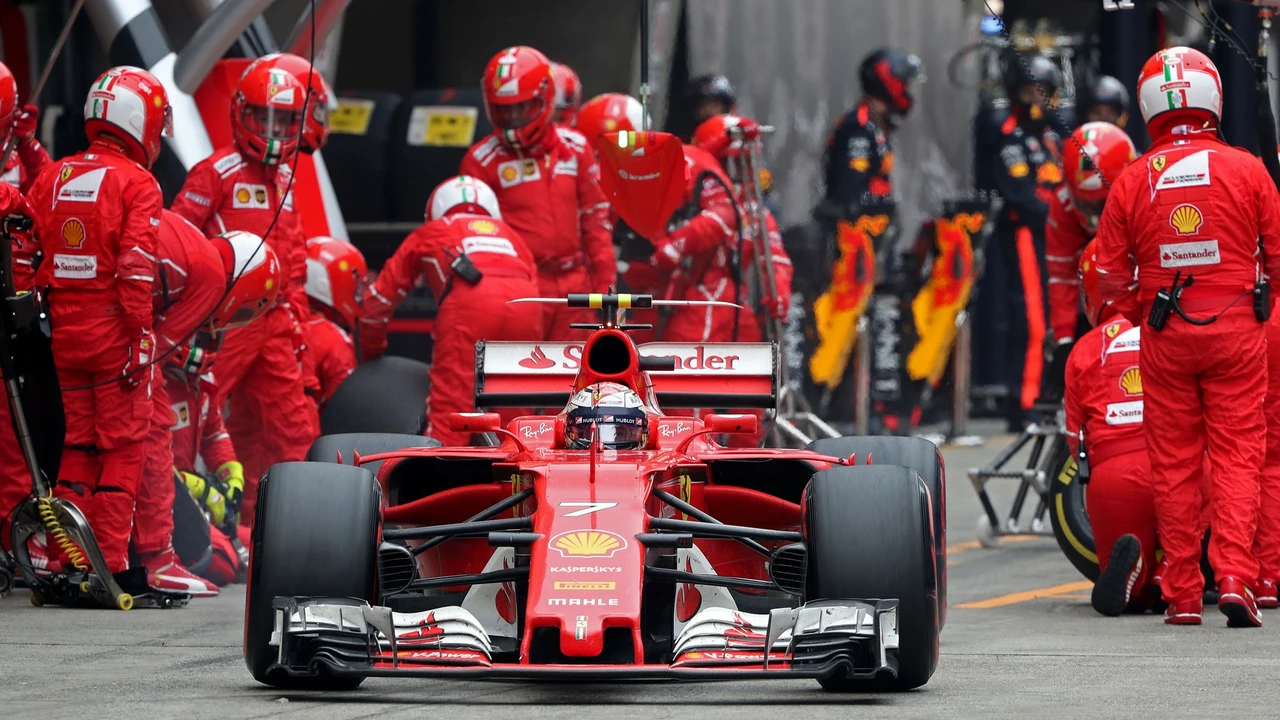Understanding the Basics of a Pitstop
In any racing sport, pitstops are a crucial part of the game. Here, the car stops for a brief period to undergo a series of quick changes – refuelling, tyre changes, fixing minor damages, and even strategic changes are made. Pitstops can make or break a race, and hence, their speed and efficiency are of utmost importance. But if you’re a fan of both Formula 1 and Indycar racing, you might have noticed that a pitstop in F1 is usually faster than that in Indycar. But why is that?
The Structure of the Pit Crew
One of the main reasons for the difference in pitstop times is the structure of the pit crew. F1 pit crews are larger, often consisting of around 20 members. This allows each member to focus on a specific task, such as changing tires or refuelling. On the other hand, Indycar pit crews are smaller, usually made up of six members. This means they have to multitask, which can lead to slower pitstops.
Equipment Differences
Another factor is the equipment used during pitstops. F1 uses wheel guns that are more advanced and powerful, designed to remove and attach tires as quickly as possible. In contrast, Indycar wheel guns are less powerful and require more time to perform the same task.
Refuelling Rules
Refuelling during pitstops also contributes to the difference in pitstop times. In F1, refuelling during the race was banned in 2010. This significantly reduced the time spent in the pits. However, in Indycar, refuelling is still a part of the pitstop process, which adds to the overall time.
Tyre Differences
The tyres used in both racing series are different, and this impacts the pitstop times. F1 cars use specially designed Pirelli tyres, which are quicker to change due to their single lug design. Indycar uses Firestone tyres, which have a multi-lug design and take a bit longer to change.
Car Design Variations
The design of the cars themselves also affects pitstop times. F1 cars are designed with quick changes in mind. The car's jacking system, for example, is built into the car, allowing it to be lifted quickly during a pitstop. In contrast, Indycar vehicles require a manual jack, which adds a few precious seconds to the pitstop time.
Regulatory Differences
There are also regulatory differences between the two sports. F1 has specific rules designed to speed up pitstops, including no refuelling and restrictions on who can work on the car during a pitstop. Indycar, however, has less stringent rules, which can lead to longer pitstops.
The Impact of Venue
The venue or track can also affect pitstop times. F1 races often take place on faster, more open tracks. This allows the cars to get in and out of the pits more quickly. Indycar races are often on more technical, slower tracks, where getting in and out of the pits can take longer.
Overall Racing Strategy
Lastly, the overall racing strategy can influence pitstop times. In F1, the focus is on speed and efficiency, so everything is done to make pitstops as quick as possible. In Indycar, the strategy is more about endurance and managing resources, so a few extra seconds in the pitstop may not be seen as a significant disadvantage.
